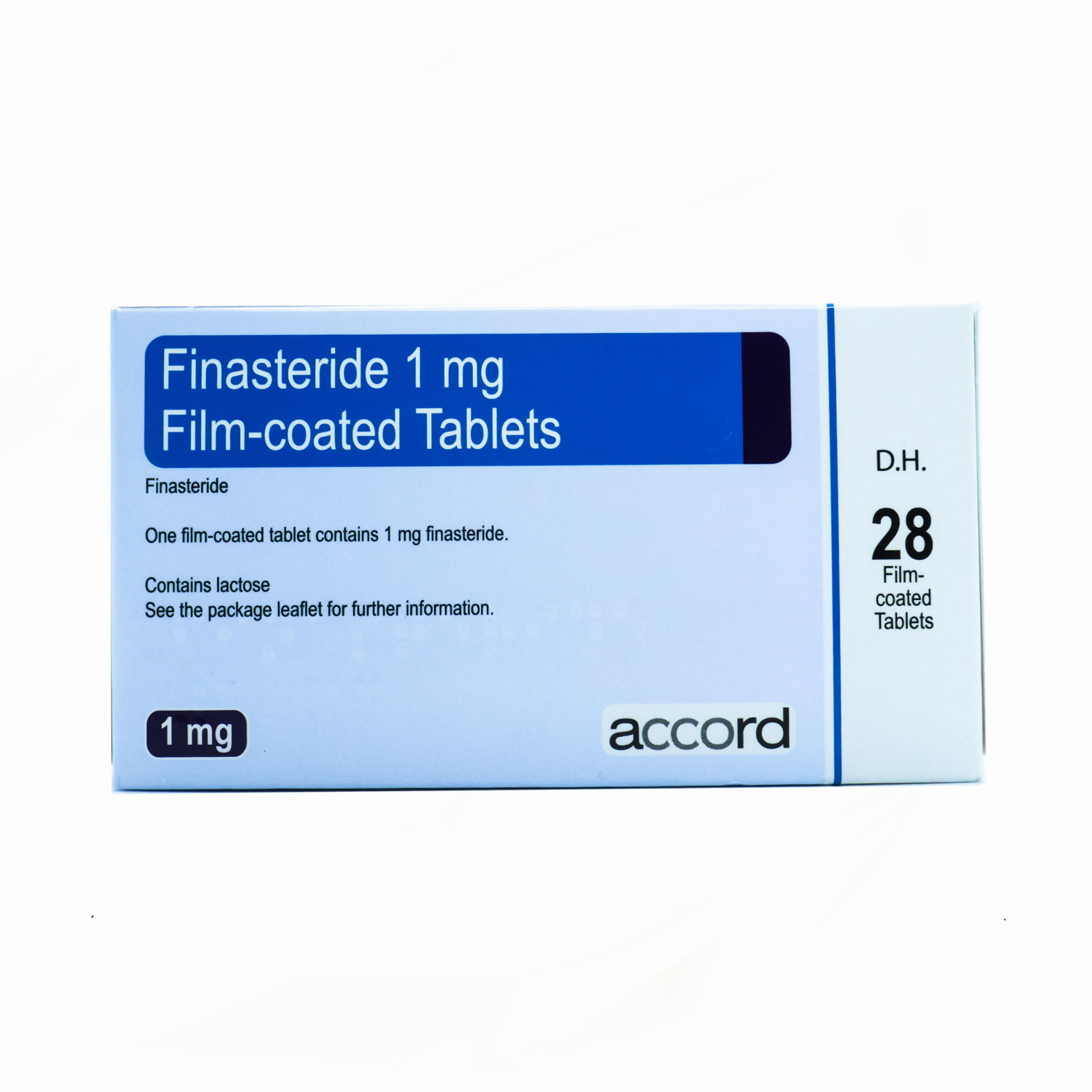Understanding Male Pattern Baldness
Male pattern baldness, or androgenetic alopecia, is a genetic condition where hair follicles become sensitive to the hormone dihydrotestosterone (DHT). This sensitivity causes the follicles to shrink, leading to thinning hair and eventual hair loss. The hair loss typically begins with a receding hairline and thinning at the crown, progressing over time if left untreated.
Causes of Male Pattern Baldness
Male pattern baldness is primarily due to genetic factors, inherited from your parents. Hair follicles on the scalp convert testosterone into DHT, which, in individuals with a genetic predisposition, causes hair follicles to shrink and eventually cease producing hair. While not a serious health issue, it can be distressing and affect your confidence.
Available Treatments for Male Pattern Baldness
Topical Medications: Creams such as minoxidil applied directly to the scalp can help stimulate hair growth and slow hair loss.
Oral Medications: Tablets like finasteride work by reducing DHT levels, helping to prevent further hair loss and promote regrowth.
Laser Therapy: Low-level laser therapy (LLLT) stimulates hair follicles and can improve hair density.
Hair Transplants: Surgical procedures, including follicular unit transplantation (FUT) and follicular unit extraction (FUE), transplant hair follicles to thinning areas.
Scalp Reduction Surgery: This involves removing bald sections of the scalp and stretching the areas with hair to cover the bald spots.
Wigs and Hairpieces: High-quality synthetic or natural hair options provide an immediate solution for concealing hair loss.
Can you Improve Hair Loss with Lifestyle Changes?
Certain lifestyle changes can support hair health
Balanced Diet: Consuming a diet rich in vitamins and minerals, such as iron, zinc, and vitamin D, can support hair growth.
Stress Reduction: Managing stress through activities like yoga or meditation can help reduce hair loss.
Gentle Hair Care: Avoiding harsh treatments and using mild shampoos can prevent further damage to hair.





